The theoretical chemist Martin Karplus, who won the Nobel prize in 2013, has died at the age of 94. Karplus, was known for his work developing computer models to study complex chemical systems like biomolecules. Many computational chemists today use techniques based on those pioneered by Karplus and his colleagues in the 1970s.
Karplus was born in Vienna, Austria, in 1930. When he was eight years old, Karplus’s family fled the Nazi occupation of Austria, moving first to Switzerland and then to the US. Karplus attended schools in the Boston area, and his early passion for science was fuelled by the gift of a microscope from his parents.
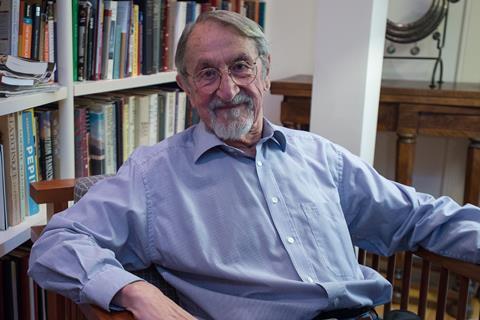
Hoping to pursue a career in biological research, Karplus decided that he would first need to gain a solid background across the physical sciences. In 1947, he embarked on a bachelor’s degree at Harvard University, where he took courses in physics and chemistry, graduating in 1950. On the advice of Robert Oppenheimer, with whom his brother Bob was working, Karplus then moved to the California Institute of Technology (Caltech) to begin his graduate studies in biology.
After a falling out with his supervisor, Karplus transferred to Caltech’s chemistry department, where he would ultimately join the group of Linus Pauling, who would go on to win Nobel prizes in both chemistry and peace. Karplus completed his PhD on the hydrogen bonding interactions of the bifluoride ion (FHF-) in 1953.
Following this, Karplus carried out postdoctoral studies at the University of Oxford, UK, before taking faculty positions at the University of Illinois and then Columbia University, both in the US. In 1965, Karplus returned to Harvard where he would stay for the rest of his career. In the 1990s, Karplus also established a research group at the University of Strasbourg, France.
’A pioneering chemical physicist’
In the 1970s, Karplus and his postdoc Arieh Warshel developed computational techniques that combined quantum and classical mechanics to calculate π-electron spectra and vibration spectra for a number of planar molecules. It was the first time such a hybrid approach had been demonstrated and was the starting point for many future techniques used to model complex biological systems. It was this work that saw Karplus awarded a share of the 2013 Nobel prize in chemistry, alongside Warshel and Michael Levitt.
However, at the time that Karplus began working on these computational techniques many experimentalists questioned their value. ‘When we first began doing [this] type of work, my chemistry colleagues thought it was a waste of time, [and] my biology friends said that even if we could do this, it wouldn’t be of any interest,’ Karplus said in 2013, shortly after being awarded the Nobel prize. ‘Nowadays, thousands of people are using calculations based on the methods we began to develop in the 1970s.’
Karplus made important contributions in several other areas including NMR spectroscopy, with the Karplus equation that describes proton–proton coupling constants being named after him. Over the course of his career, Karplus mentored more than 250 other researchers. Outside of his academic work, Karplus’s two great passions were cooking and photography. He spent several summers working in restaurants in France and Spain, while his photographs, taken from the 1950s onwards with a focus on disappearing cultures, have been displayed in several exhibitions.
Karplus had two daughters, Reba and Tammy, with his first wife Susan. Karplus’s second wife, Marci, worked as the manager of his lab, and together they had a son, Mischa.
Writing on X, Yale-based computational chemist William Jorgensen described Karplus as ‘a scholar and pioneering chemical physicist with great contributions in many areas including molecular dynamics’. He added that Karplus’s legacy is ‘reinforced by the large number of co-workers who have also done much to advance computational science’.


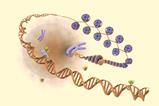



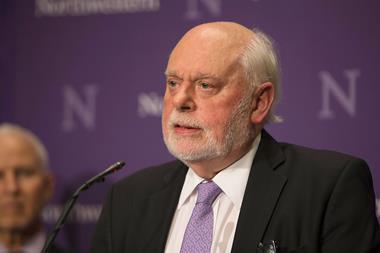

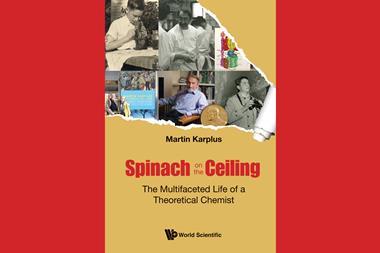
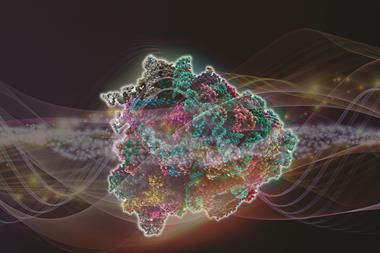

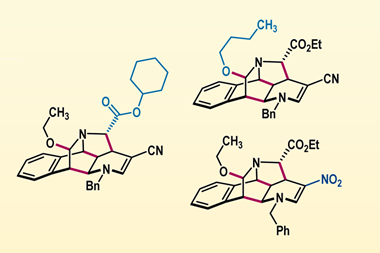



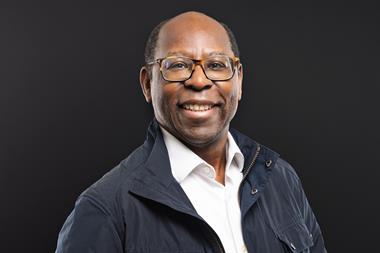
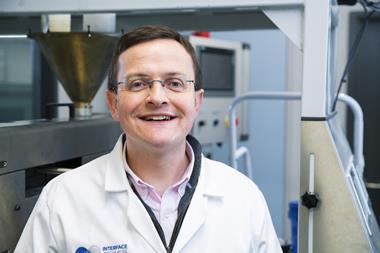
No comments yet